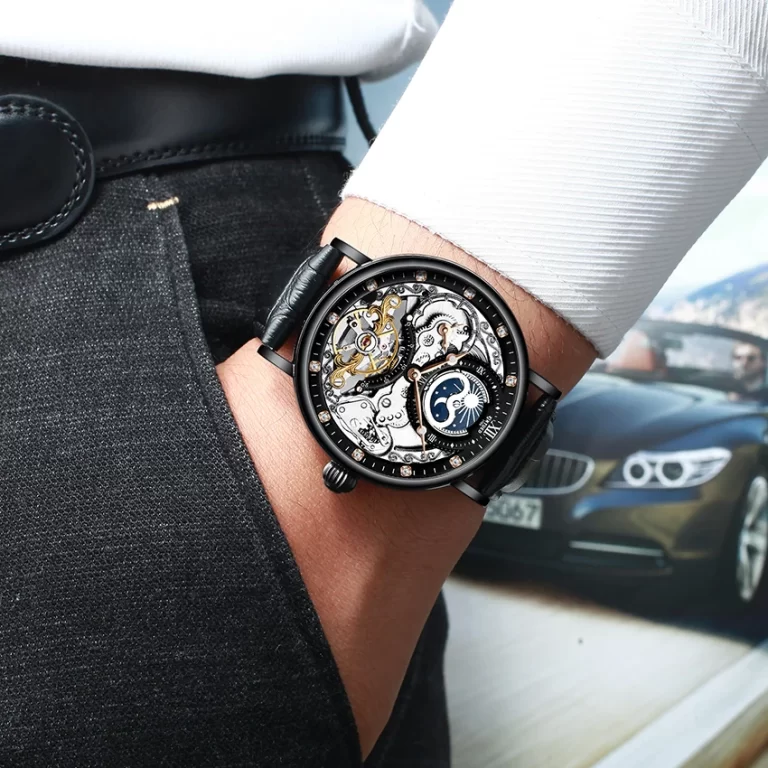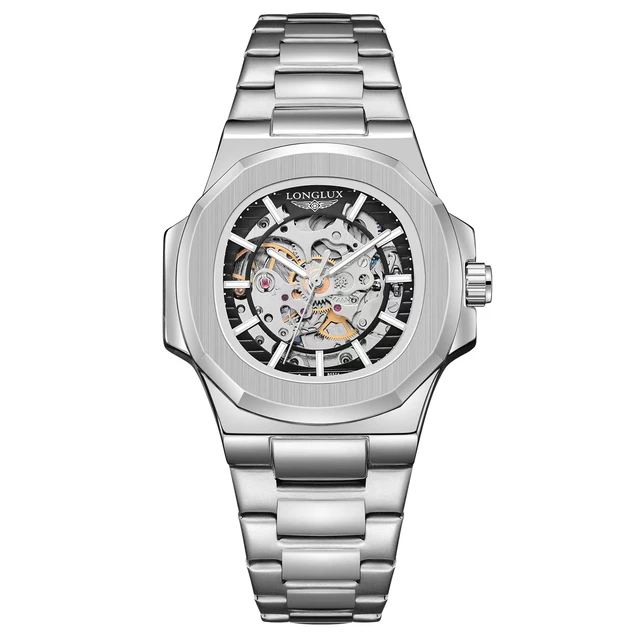Introduction
Automatic watches, also known as self-winding watches, are popular among enthusiasts for their craftsmanship and elegance. One key feature of these timepieces is their ability to wind themselves through the motion of the wearer’s wrist. However, there are times when you need to manually wind an automatic watch. Understanding how to do this correctly can enhance the longevity of your watch and improve its accuracy. This article will guide you through the process of how to wind automatic watch, helping you appreciate the intricacies of these fantastic mechanisms.
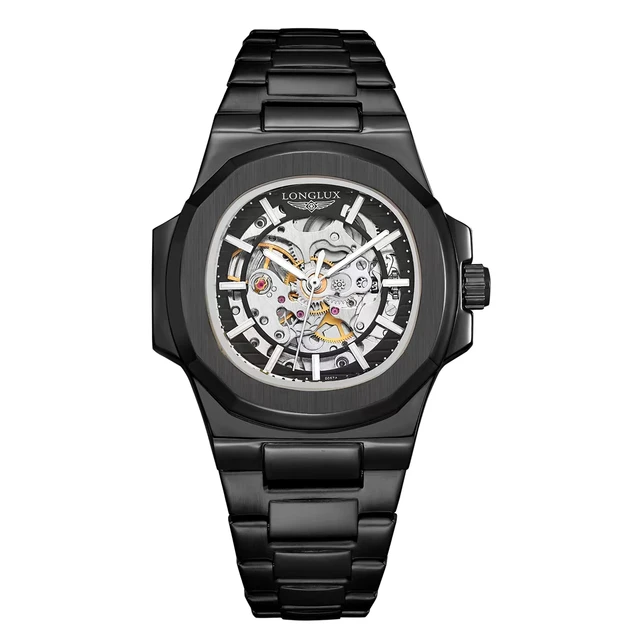
Understanding Automatic Watches
What is an Automatic Watch?
Automatic watches use a unique movement mechanism that relies on a rotor. This rotor is a semi-circular piece of metal that moves with the motion of the wrist. As the wearer moves their arm, the rotor spins, winding the mainspring. The mainspring stores energy and powers the watch. When fully wound, an automatic watch can run for a certain period, usually between 40 to 70 hours, depending on the model.
Unlike quartz watches that use batteries, automatic watches harness kinetic energy to function. This means that if you wear an automatic watch regularly, you might not need to wind it manually. However, if you leave it unworn for some time, it can run down, and manual winding becomes essential to get it started again.
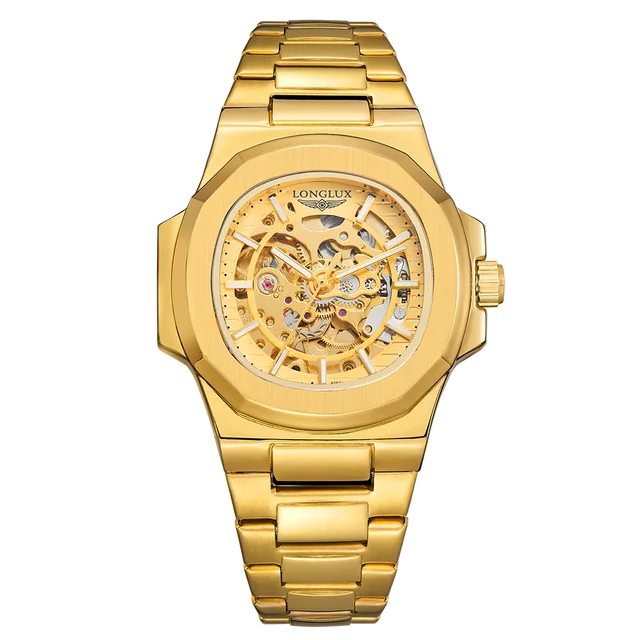
Why You Need to Wind an Automatic Watch
Automatic watches can run without winding, but they need to be wound if left inactive for an extended period. If your watch stops running, it may not be accurately preserving time. Manual winding can ensure that your watch maintains its proper function.
Additionally, some watch enthusiasts prefer to wind their automatic watches manually. They appreciate the connection and control they feel when winding their timepieces. There’s also a certain satisfaction in performing care and maintenance on these intricate machines.
When you wind your automatic watch, you’re not just starting the movement; you’re also checking the mechanism’s health. Regular winding can keep the oils inside the watch evenly distributed, which helps in prolonging the lifespan of your timepiece.
The Manual Winding Process
How to Wind an Automatic Watch Properly
Winding an automatic watch is a straightforward process, but it can vary slightly between different models. Here’s a step-by-step guide to ensure that you do it correctly.
- Set the Watch to the Correct Time
Before winding your watch, ensure that the time is set correctly. Pull the crown out to the second position. Turn it to move the hour and minute hands until the correct time is displayed. Once you’ve set the time, push the crown back in. This step prevents any potential damage to the movement. - Locate the Crown
The crown is usually on the side of the watch case. For most automatic watches, the crown can be pulled out to different positions. Typically, the first position allows for manual winding; the second position is often for setting the time. - Wind the Crown
Once you’ve found the correct position, wind the crown. Turn it clockwise (to the right) for about 30 to 40 turns. You may feel some resistance, but that is normal. These turns should wind your watch adequately and get the movement going. - Avoid Over-Winding
Automatic watches usually have a mechanism that prevents over-winding, but it’s always best to be cautious. If you feel resistance while winding, stop immediately to avoid damaging the inner workings. - Resume Wearing the Watch
Once you finish winding your watch, put it back on your wrist. As you move throughout your day, the rotor will continue to wind the watch more efficiently. If you wear the watch every day, it’ll maintain its energy reserves just through your normal movements.
Frequency of Winding
Determining how often to wind your automatic watch depends on how frequently you wear it. If you wear it daily, you might not need to manually wind it at all. However, if you rotate watches or store your automatic timepiece for a while, aiming to wind it once a week is a good practice.
If you forget to wear it for more than two days, it’s advisable to wind it again to ensure it starts with the correct time when you do decide to wear it.
Caring for Your Automatic Watch
Regular Maintenance Tips
Proper care can prolong the life of your automatic watch. Here are some maintenance tips to keep in mind:
- Keep It Clean
Regularly clean your watch to maintain its appearance. Use a soft cloth to wipe the case and bracelet. Avoid using harsh chemicals or abrasive materials, as they can scratch the surface. - Avoid Extreme Conditions
Keep your watch away from extreme temperatures, humidity, and magnetic fields. These conditions can affect the watch’s accuracy and, in some cases, may damage the movement. - Check the Water Resistance
If your automatic watch is water-resistant, check the gaskets and seals periodically. Wearing the watch while swimming or showering can deteriorate those seals over time. - Regular Servicing
Have your watch professionally serviced every 3 to 5 years. Professionals can clean the movement, replace worn parts, and ensure everything functions as it should. - Store Properly
If your watch isn’t worn for an extended period, store it properly. A watch box or winder can be useful for maintaining its winding and timekeeping accuracy.
Understanding Watch Features
Different automatic watches come with specific features. Understanding these can help you care for your timepiece better. For instance, some models may include features like a power reserve indicator or a date function. Knowing how these features work can help you wind and operate your watch properly.
If your watch has a see-through case back, take a moment to appreciate the intricate movement inside. It’s a beautiful reminder of the craftsmanship that goes into these timepieces.
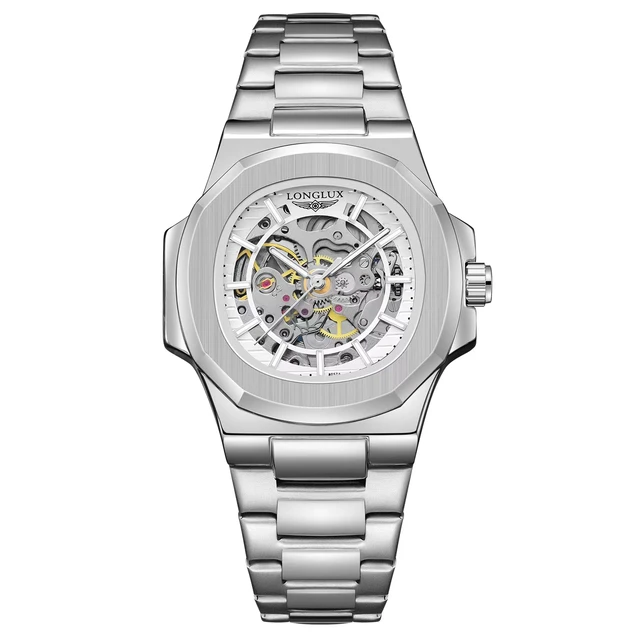
Common Myths About Winding an Automatic Watch
Myth 1: Over-winding Will Damage the Watch
One of the most common myths surrounding automatic watches is that over-winding can damage the movement. In reality, most modern automatic watches are designed with a slipping clutch mechanism that prevents the mainspring from being over-wound. When the spring is fully wound, the clutch will stop further winding, and you can continue turning the crown without worrying about damaging the watch.
While it is still a good idea to avoid excessive winding, you don’t need to worry about over-winding your watch in most cases. Simply winding the crown until you feel resistance is usually enough.
Myth 2: Automatic Watches Don’t Need to Be Wound if You Wear Them Every Day
While it is true that wearing your automatic watch regularly will keep it running, there are certain circumstances in which your watch might stop even if you wear it every day. For example, if you have a very low level of wrist movement or don’t move your arm much during the day, the rotor inside the watch may not generate enough power to keep the watch running.
In such cases, you may need to wind the watch manually to ensure it stays accurate. If you find yourself in this situation often, consider getting a watch winder, which is a device that keeps your watch ticking even when you’re not wearing it.
Myth 3: It’s Fine to Wind the Watch in Any Direction
While it may seem like winding the watch in any direction would work, it’s important to remember that most automatic watches are designed to be wound only in a specific direction (clockwise). Winding the watch counterclockwise can cause unnecessary wear on the movement, leading to potential damage over time. Always wind your watch clockwise, as this is the most reliable direction for most automatic movements.
Conclusion
Winding an automatic watch can seem intimidating at first, but with practice, it becomes a simple process. Understanding how to wind your watch correctly, along with maintaining it properly, ensures that it runs smoothly and accurately. Being knowledgeable about your timepiece allows you to develop a deeper appreciation for its design and function. As you wear your watch, remember that it connects you to centuries of horological tradition and craftsmanship. Embrace the experience of winding your automatic watch, and enjoy the beauty of timekeeping at its finest.
